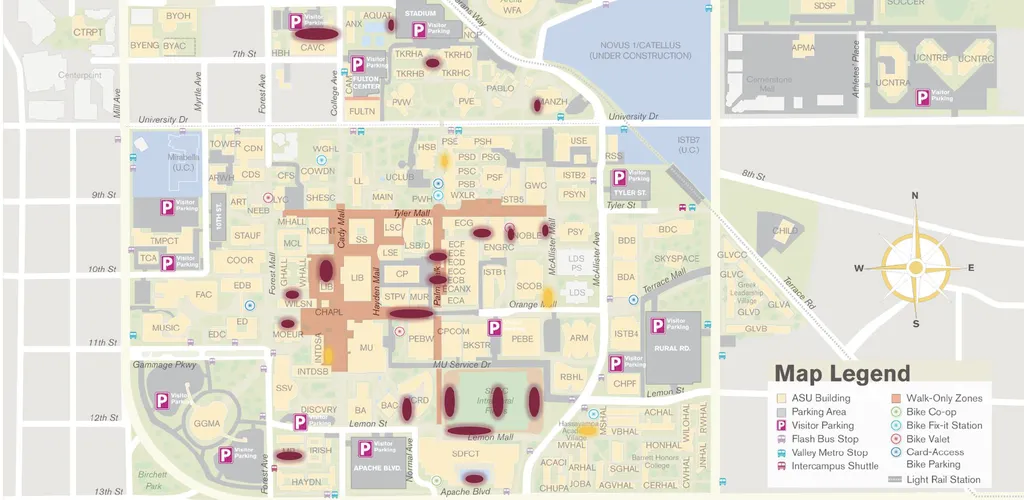Researchers from Arizona State University, led by Dr. Paulo Shakarian, have developed a novel approach to identify geographically dispersed communities within social networks, a capability with significant implications for military, intelligence, and law enforcement operations. Their work focuses on enhancing the understanding of complex networks derived from various intelligence sources, enabling better strategic planning and operational effectiveness in areas such as counter-terrorism, counter-insurgency, and combating organized crime.
The team, which includes Patrick Roos, Devon Callahan, and Cory Kirk, has leveraged a variant of the Newman-Girvan modularity known as distance modularity to address the challenge of detecting communities that are spread across different geographical locations. This is particularly crucial for identifying higher-level organizational structures, such as logistics groups that support disparate terrorist cells or criminal networks. By modifying the well-known Louvain algorithm, the researchers have developed a method to find partitions of networks that provide near-optimal solutions for distance modularity maximization.
The practical applications of this research are vast. For instance, in counter-terrorism operations, understanding the geographical dispersion of terrorist cells and their support networks can help in dismantling these organizations more effectively. Similarly, in law enforcement, identifying the logistical and command structures of organized crime syndicates can lead to more targeted and successful interventions. The researchers have already applied their algorithm to samples from two real-world social networks and a terrorism network dataset, demonstrating its effectiveness and highlighting practical considerations for its implementation.
Several military, intelligence, and law-enforcement organizations are collaborating with the research team to further test and field the software developed for this application. This ongoing collaboration ensures that the algorithm is refined and adapted to meet the real-world needs of these critical sectors. The work of Dr. Shakarian and his team represents a significant advancement in the field of network analysis, offering powerful tools for enhancing security and operational effectiveness in an increasingly complex global landscape.
This article is based on research available at arXiv.

